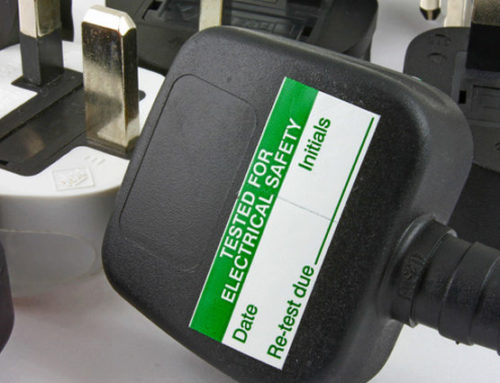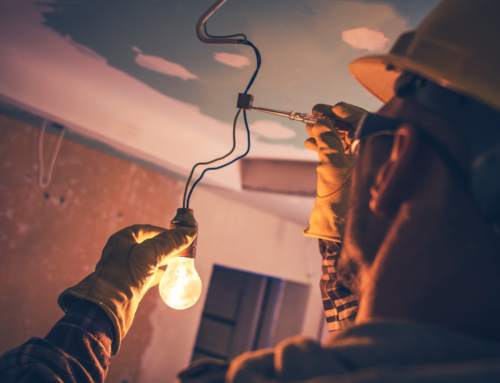All you need to know about the associated costs and what to expect when replacing a fusebox with a consumer unit.
Thinking of upgrading your fuse board? For many homeowners this can be a daunting job. Here at SMT Electrical Contractors we can help make this process as painless as possible. Our aim is to inform our clients as best we can, to help them make informed decisions, whilst providing quality and affordable installations.
In this article we will be answering common questions our customers normally ask us and will briefly explain our working process, from consultation to installation.
Why should I replace my fuse board?
Fire protection – Electrical faults are one of the major causes of house fires in the UK. Reports from fire investigators show a recent trend of increasing numbers of fires involving consumer units (fuse boards). Many of the fires were due to substandard cable connections which led to overheating of consumer units. The 17th Edition Wiring Regulations amendment 3, which came into force in January 2016, saw the move from plastic consumer unit cabinets to a non-combustible material, such as steel, which will substantially reduce the risk of fire spreading.
Electric shock protection – Current 18th Edition consumer units have an RCD, or residual current device, which is a life-saving device, designed to prevent you from getting a fatal electric shock if you touch something live, such as a bare wire. It can also provide some protection against electrical fires. RCDs offer a level of personal protection that ordinary fuses and circuit-breakers cannot provide.
Additional ways – If your existing fuse board is full and you require an additional circuit for an electric shower or oven for example; changing your fuse board can provide additional ways. Older fuse boards have less ways (4-8 ways) than modern consumer units (10-24 ways) as there wasn’t a need for many circuits, unlike modern domestic homes which are using more and more electrical appliances than 20 years ago.
How long should it take?
It should take a certified electrician a full working day to replace a fuse board and carry out electrical testing to the existing circuits. Work which may also require upgraded meter tails and a main earth cable. If the electric meter isn’t located adjacent to the existing fuse board, it could take a bit longer.
Will there be much damage?
If the fuse board is located adjacent to the electric meter, there isn’t any reason for a competent electrician to cause any damage to walls or ceilings. Consumer units are normally larger than old fuse boards, which will cover any existing fixing holes or any cable entry holes.
How much will it cost?
Fuse board upgrades should cost between £300 to £500 depending on your requirements and your homes existing electrical installation. We will carry out an on-site survey and will provide a fixed quotation for the works, which will include –
• All materials including a top brand METAL fuse box (now in regulation) with breakers
• Labour carried out by one of our qualified NICEIC domestic installers • NICEIC Installation Certificate on completion, which will be registered with your local council or building regulations • 12 months warranty on all parts and workmanship
Will there be any additional work needed?
Electrical testing of all the existing circuits will be carried out by a certified electrician once the consumer unit has been installed. If there are any existing faults with the electrical installation, remedial work will be required at an additional cost, before an NICEIC Installation Certificate can be provided.




